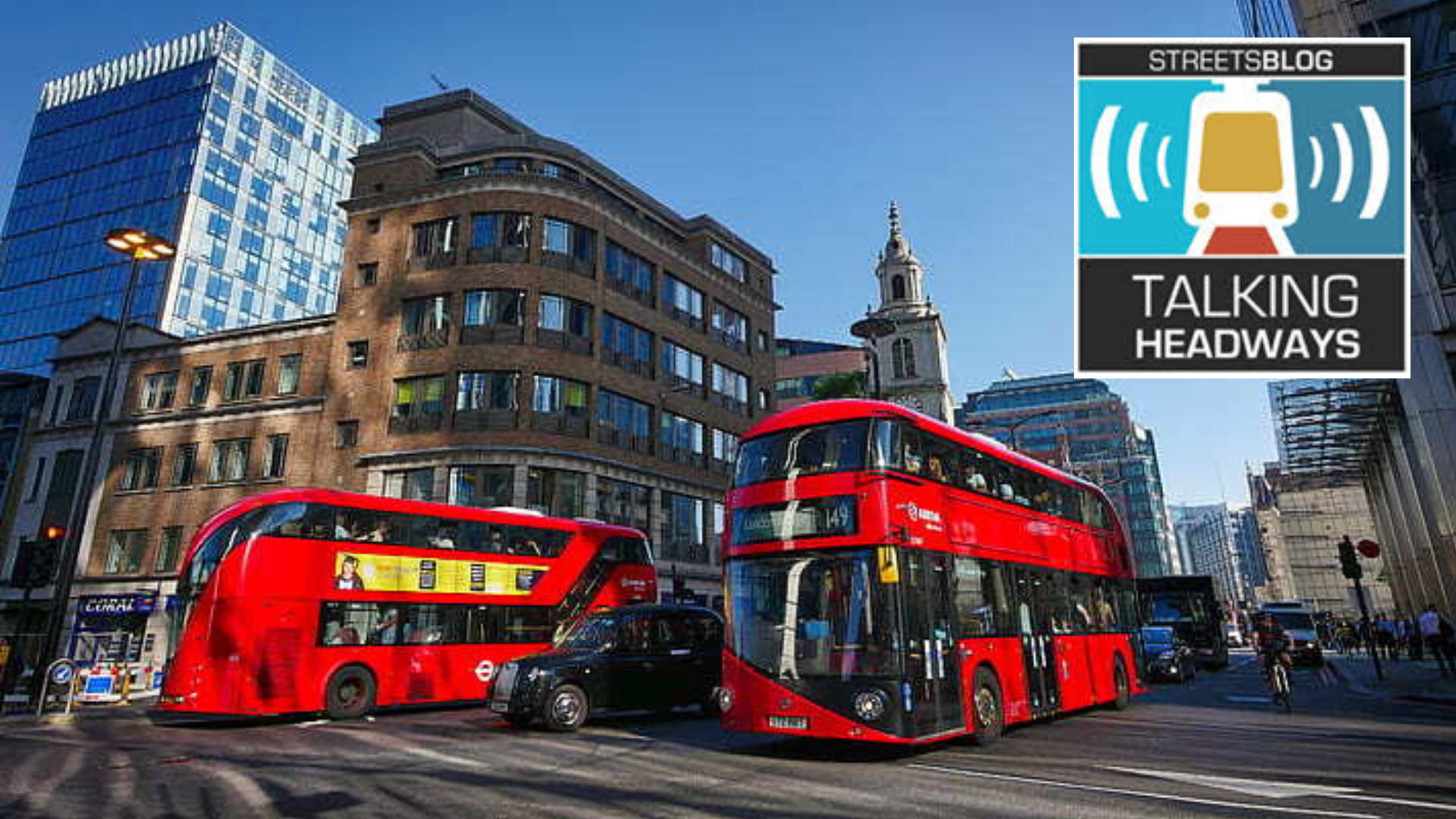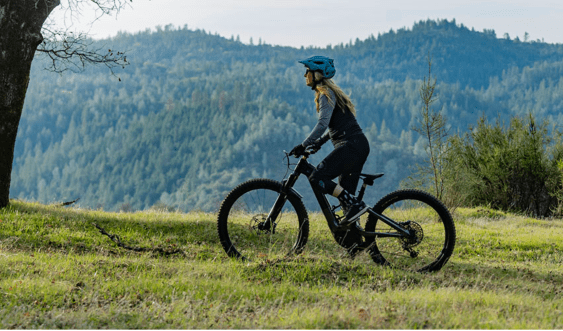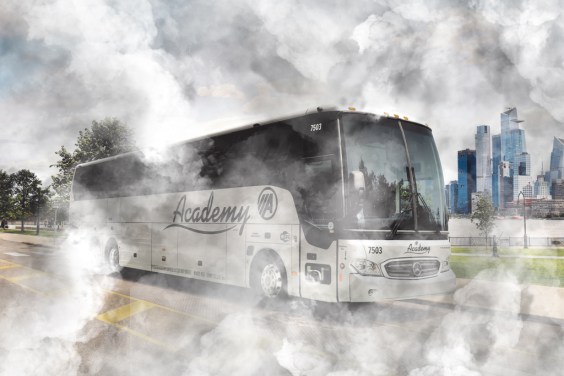This week we’re joined by Chris Berdik to talk about his book Clamor: How Noise Took Over the World and How We Can Take it Back.
We discuss the impacts of road noise on health and wellbeing, how our brains process sound and creating positive urban soundscapes. We also talk about the problems with open offices and the incomplete story of the decibel.
Scroll past the audio player below for a partial edited transcript of the episode — or click here for a full, AI-generated (and typo-ridden) readout.
Jeff Wood: Well, that gets to my next question, which is about the coming of electric vehicles and the need to increase the sounds from them because they are so quiet, it’s harder for people who are hearing impaired to hear them. People with disabilities might have trouble detecting that they’re coming. And so, you know, there’s a need to create a sound almost to make sure that people can recognize that they’re coming. And so I was really fascinated by this item that you talked about from London where TfL, Transport for London, basically created its own sound for the buses that are gonna be electric.
Chris Berdik: Yeah, and, and what’s interesting is at first, and this speaks to what we were talking about before, with the built environment, with the indoor soundscape, you know, at first all Transport for London wanted was a sound that followed the regulations. They needed a sound to keep the buses safe. Safety was, you know, the thing they were doing this for.
They asked for proposals for this sound, and all they said was, you know, it has to be two tones of a certain decibel and it has to go up in frequency when the bus is accelerating and go down in frequency when it’s decelerating and, and that’s it. And so Anderson Acoustics, when they met with these transportation officials, said, okay, so what do you want these buses, these tens of thousands of buses that are gonna crisscross London to sound like.
And they said, well, we don’t know. We have no idea. We haven’t thought about that. And it, it spoke to the idea of sonic, I don’t know what you would call it, shortsightedness, that thinking about sound only when it is a bother to us, when it is, you know, loud and crosses this decibel threshold that we need to control.
It has kept us from considering the possibilities of sound as an ally, as a piece of the built environment that works to enhance the built environment. And so they began working with the acoustics firm, plus some sound designers, plus some other, I mean, there’s a big collaboration including stakeholders.
So they included people who had vision impairment and elderly people and cyclists who would have the greatest need of hearing the sound. They also include people that drove the buses who didn’t need to hear the sound. They were in the bus driving it, and they would nevertheless be hearing it constantly.
And so they would go over the sound and then they would not only play the sounds, but they would play the sounds in a soundscape of where a bus might be. So it would have the other sounds of the city. So you would really get a sense of what this would be like to have buses sound like X, Y, or Z. They asked, the people in these groups, all kinds of questions about what the sounds conveyed to them, whether this sound was more pleasant or not. And if it was something that kind of would differentiate a bus from something else, etcetera. And then they would go back and they would change the sounds based on the answers. And then they would listen again.
And then eventually, by the time they got to test the sounds in a sort of road test, they had really almost a consensus about what they wanted these sounds to be. And the workshop group even went beyond what the regulations called for, because the regulations only called for a beacon sound to kind of warn people that a bus was coming.
They added an idling sound to let people know that a bus was waiting. For instance, if you went to catch the bus, or you know, if you have buses that were parked at a bus depot, that the bus is present. So these sounds have started to be rolled out as they increase the number of electric buses. I can’t remember how many they have now, but one of the things about them is nobody is claiming these are the perfect sounds for end all, be all.
They will be changed. They can be changed. And that’s one of the beauties of them. If you pay attention to them and you decide, you know, they don’t need to be quite so loud now because now you know there are fewer sources of internal combustion noise and, and the, the overall soundscape is not quite as loud.
You can do that, you know, you can just change it because it’s time for a freshening up of the sound. So it’s an exciting idea if you can consider it and then see these sounds for what they can be rather than just ignoring them until they are bothering you.






